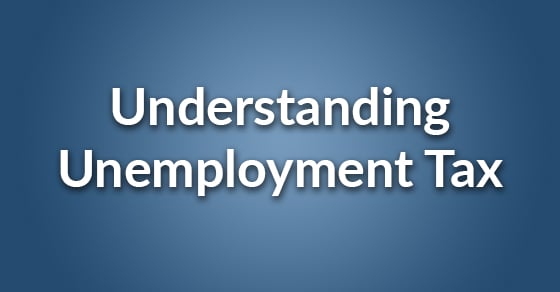
All employers in the U.S. have to pay unemployment tax. There are two versions – Federal and State. Federal unemployment tax (FUTA) is charged at a rate of 6% on the first $7000 in wages paid to an employee, in most cases though that rate is decreased to 0.6% (explained more below). State unemployment tax (SUTA) is handled in a similar way but each state controls their own rate and wage threshold.
The FUTA and SUTA Relationship
The FUTA tax credit comes from paying into your state’s unemployment fund. Generally speaking, if you pay your SUTA properly you’ll get the credit on your FUTA rate. Sometimes a state’s unemployment fund gets low and they have to borrow from the federal fund. If the state defaults on that loan the state becomes a “credit reduction state” meaning that the FUTA tax credit is reduced and employers pay a higher FUTA rate until the borrowed amount is paid back. Your FUTA tax rate cannot go above 6% though.
SUTA rates, on the other hand, are designed to change over time. The longer you go as an employer without an unemployment claim, the lower your rate will be. The opposite is also true so if you have employees that end up claiming unemployment, your SUTA rate will go up.
Here are a few considerations to help control your unemployment tax rate:
Pay attention to your hiring.
If your needs are short-term it might make sense to get help through a temp staffing agency or engage in the services of an outsourcing company. You may well pay a premium for this but it won’t change anything in regards to your unemployment tax as you aren’t hiring and firing in a short time-frame.You may also want to audit your general hiring processes to see if there is anything you can do to better screen candidates, if turnover is an issue.
Employee Training.
It is possible for an unemployment claimant to received benefits even if their employer says they were fired for under-performance. The state can rule that the employer did not offer the proper training to help the employee succeed and award benefits.Consider Severance Pay.
If a former employee files for unemployment and the state increases your rate, you pay that rate on all your other employees. It may be more cost effective to offer a severance package to help bridge the gap until your former employee finds a new job, thus avoiding an unemployment claim.
These concepts can be confusing, especially for new household employers that have never had to deal with payroll before. As experts in household payroll across the country, we’re happy to help explain how all this works and give a free consultation on the specifics of your employment arrangement.
